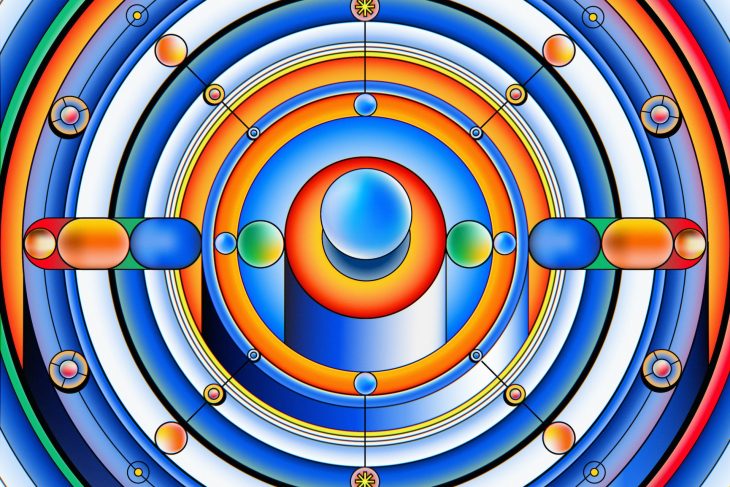
Are human translators becoming obsolete? As technology advances, the use of machine translation continues to rise. Machine translation is an automated process that enables instant translations from one language to another without having to pay for a professional translator. However, although these services are becoming more advanced and useful, there are still certain aspects of the profession that machines cannot replicate.
The End of the Translator? Are Humans Becoming Obsolete in Translation Services?
As technology becomes increasingly sophisticated, the use of humans as translators and interpreters has come into question. While traditional translation services rely on human experts to accurately convey meaning from one language to another, advancements in machine learning are making it possible for computers to do a significant portion of the work.
The most notable example of this is neural machine translation (NMT), a type of artificial intelligence that mimics the human brain in order to understand language and accurately translate it. NMT-powered systems can analyze large amounts of data and learn from it, allowing them to produce accurate technical translation service more quickly than humans.
The emergence of NMT has caused many people to question whether traditional translators and interpreters are in danger of becoming obsolete. While this technology is still in its early stages, many experts believe that it could eventually replace humans completely. In the short-term, however, it is more likely that NMT will be used to supplement traditional translation services rather than replace them entirely.
In the meantime, there are still many tasks that require the skill and expertise of a human translator. This includes things like making sure all cultural references are properly understood, ensuring accuracy in highly technical documents, and providing nuanced interpretations of context. Humans can also provide superior customer service when compared to automated systems, and they understand the importance of maintaining accurate translations even in complex situations.
The Advantages and Disadvantages of Automated Translation vs Human Translators
When it comes to making a decision between automated translation and human translators, there are several considerations that must be taken into account. Let’s take a look at the advantages and disadvantages of each option.
Advantages of Automated Translation:
– Automated translation is usually much faster than traditional human translation, allowing you to quickly and efficiently translate large volumes of text or documents.
– Automated translation is often more cost effective than human translation, as it typically requires less time and fewer resources.
– Automated translation can be customized to meet specific needs, such as industry-specific vocabulary or slang.
Disadvantages of Automated Translation:
– Automated translation is not always as accurate as human translation, and can often be prone to errors.
– Automated translation can be difficult to use for documents that contain complex or idiomatic language.
– Automated translations can lack the cultural context and understanding of nuance that a human translator would provide.
Advantages of Human Translators:
– Human translators are better able to provide accurate and quality translations, as they can understand the nuances and cultural context of the language.
– Human translators are often much more efficient than automated translation systems, as they can quickly identify errors or inconsistencies.
– A human translator typically has an in-depth understanding of the language, including slang and technical terms.
Disadvantages of Human Translators:
– Human translators are often more expensive than automated translation services.
– Human translators can be slower than automated translation systems, as they have to manually review each document or text for accuracy.
– It may be difficult to find a translator with the right skills and experience for a particular project.
Ultimately, the decision of whether to use automated translation or human translators should be based on several factors, including accuracy, cost, speed and complexity. For some projects, automated translation is the best choice; for others, human translators may be more suitable. It’s important to take the time to evaluate each option carefully and make an informed decision.
AI and Machine Translation: What Does the Future Hold?
The future of AI and machine translation is certainly promising. As technology advances, the accuracy and speed of translations will only continue to improve. With the availability of powerful hardware, text-to-speech functionality, and natural language processing capabilities, machines can now produce accurate translations in a fraction of the time it would take human translators. Furthermore, the cost of providing translation services is also decreasing, making it more accessible to those who need it.
The potential for machine translation to revolutionize the industry is immense. Not only will businesses be able to offer faster and more accurate translations at lower costs, but they can also leverage AI-driven technology to gain a competitive edge in their respective markets. For example, AI-powered translation services can provide organizations with the ability to quickly identify and respond to regional and global trends in different languages.
The increasing popularity of machine translation is also likely to lead to more widespread use of language services across a variety of industries. From healthcare to education, the potential applications are virtually limitless. As technology continues to advance, we can expect to see more efficient and streamlined processes for completing translations.
Ultimately, the future of AI and machine translation looks very bright. As technology continues to evolve and become more accessible, we will be able to leverage its capabilities in order to provide faster and more accurate translations across a variety of industries. By taking advantage of these new possibilities, businesses will be able to stay ahead of the competition and provide better services to their customers. With the advancement of AI-driven technology, we can look forward to a world where language barriers are gradually eliminated.





